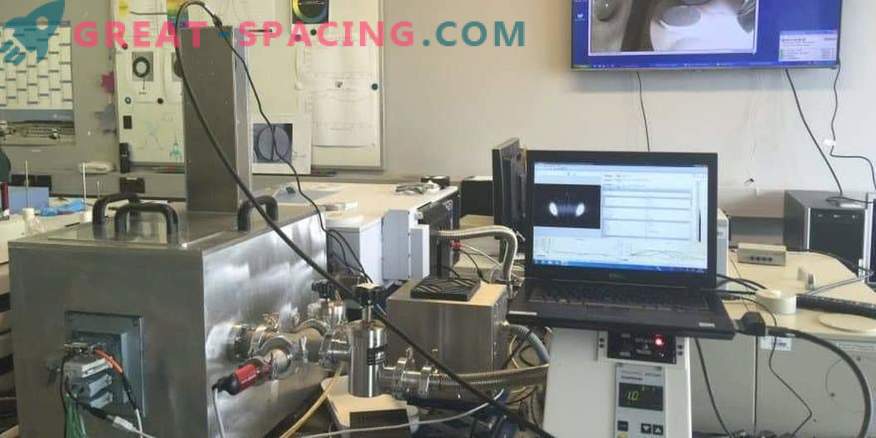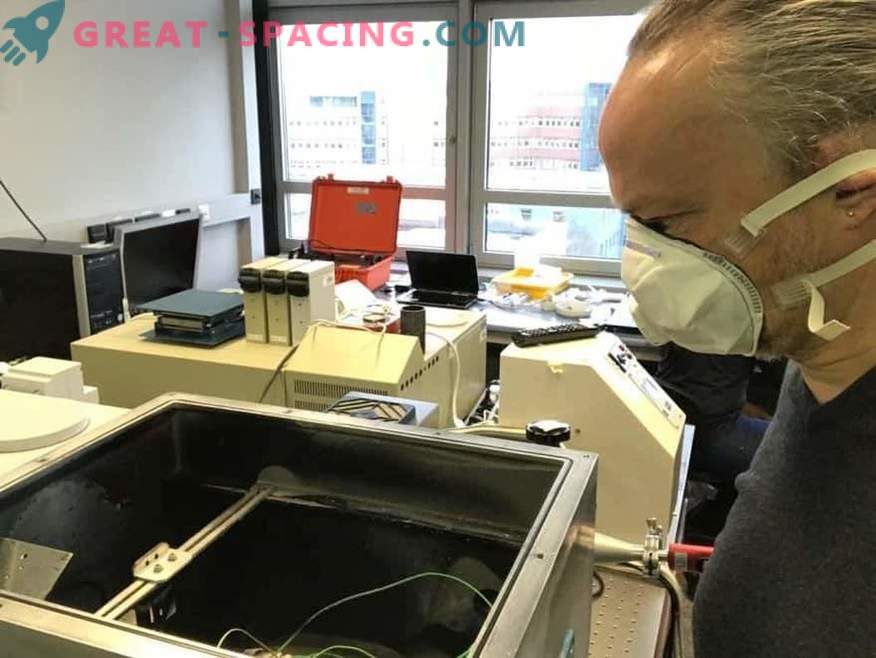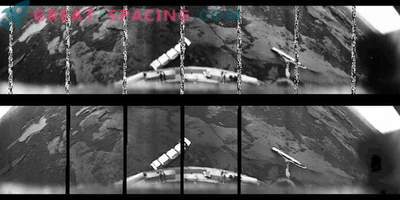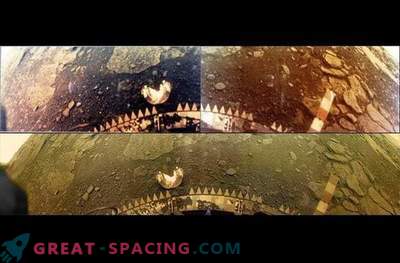
High-Temperature Installation at the Planetary Spectroscopy Laboratory (PSL) of the Institute for Planetary Research (Berlin)
A new modeling tool at the Planetary Spectroscopy Laboratory (PSL) could help change our understanding of the hot surface of Venus. The laboratory is able to analyze samples of rocks similar to those found on the surface layer of Venus at temperatures up to 1000 ° C. This allows you to accurately interpret the data collected by space missions and terrestrial surveys.
Venus is often called the Earth twin. However, it is very different dense atmospheric layer, represented by carbon dioxide and sulfuric acid clouds, which complicates the emission of the planetary surface. Previously it was believed that a landing machine was needed for chemical analysis of rocks, but now everything can change.
The problem is that doing this kind of research is incredibly difficult because of the inhospitable environment of Venus. Therefore, in recent years, scientists have decided to use spectral windows in its atmosphere, allowing to pass certain wavelengths of IR light. This helped remotely collect surface data. But the interpretation process encountered errors, since we did not have the right laboratory conditions.
Different chemical compounds emit rays at certain electromagnetic wavelengths, so each mineral has a unique spectral imprint of emission lines. In order to properly interpret and identify the breeds present, researchers must have reference catalogs of objects that have manifested themselves under identical conditions. For more than 40 years, attempts have been made to make measurements in the conditions of Venus, but the result was disappointing.

Dr. Helbert tested the Venus camera (Venus) at the Planetary Spectroscopy Laboratory
PSL is located in a special room where the temperature is strictly controlled by the Institute for Planetary Research (Berlin). The new Venus camera (Venus) uses state-of-the-art detectors and electronics, as well as innovative ceramic enclosures to block background radiation that muffles spectral signals from samples during high heat.
Terrestrial analogues of the stones of Venus include volcanic rocks, such as basalt in Spain and regolith in Italy. For the analysis used a new object at a temperature of 462 ° C. Observations in 6 spectral windows using the instruments of the Venus Monitoring Camera (VMC) and Visual Infrared Spectrometer (VIRTIS) revealed chemical changes that may be related to the geological features of the surface of Venus.

Spectroscopy of the surface of Venus
The spectral information collected in PSL will allow scientists to review information from past missions, draw up plans for future projects and perform new ground surveys in order to study the surface in more detail.











































